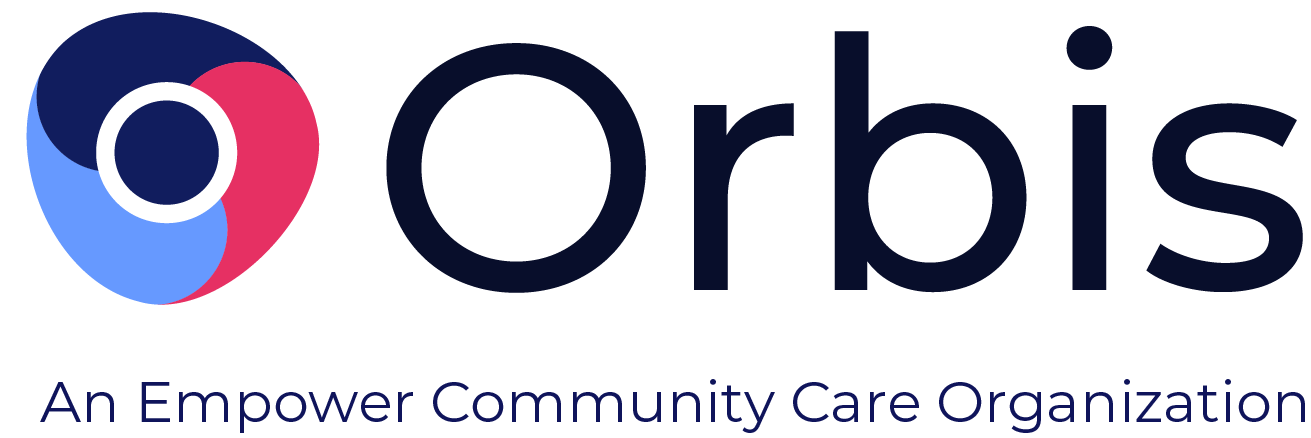In the early 1990s, rising juvenile delinquency rates provoked a change in the general public’s opinion of the people committing the violations. Juvenile offenders, in particular, were represented as “vicious superpredators,” fueling the perception of justice-involved youth as increasingly unpredictable, and the justice system as being inadequate.
This idea led to a huge shift in the approach to crime prevention and punishment both on the state and the federal level. Reaction from lawmakers was largely swift and severe. Many states passed laws that shifted the focus of juvenile sentences to more punitive punishments rather than rehabilitative ones. Such legislation often included measures that lowered the age that youth could be prosecuted as adults, as well as broadening the offenses that were applicable for transfer to the criminal justice system.
Juvenile Crime Rates Rise, Then Fall
In 1996, juvenile delinquency rates hit the highest rate ever recorded, at an overall total of 8,476 arrests per 100,000 people aged ten to seventeen. The data has been in decline ever since then, which is carefully tracked and updated yearly by the Office of Juvenile Justice and Delinquency Prevention, using published FBI data. The most recent available figures demonstrate the change: in 2019, just 2,083 arrests were reported for every 100,000 individuals aged ten to seventeen. That is a seventy-five percent decline from 1996. When breaking down this number into different crime types, the figures look even more promising. Violent offenses have seen the most significant drop since the mid-1990s; this includes murder, rape, robbery, and aggravated assault. Murders committed by juveniles peaked in 1993, at 12.8 arrests per 100,000 youth and, more recently, was 2.6 arrests in 2019. Juvenile arrests for violent crimes reached their lowest level since at least 1980 and 69 percent less than the 1994 peak. Aggravated assault was, and still is, the most commonly committed violent violation by justice-involved youth, peaking in 1994 at 282 arrests per 100,000 teens. That number has made a very significant drop to 80.8 arrests, a 68 percent decrease between 1994 and 2019 to the lowest level in the last 40 years.
Nonviolent crime rates show a similar pattern. Property crime offenses, which include burglary, larceny-theft, motor vehicle theft, and arson, all showed declining arrest rates. Property offense data was high from 1988 to 1991, hovering just over 2,500 arrests per 100,000 youths. Aside from an uptick in 1994 at a rate of 2,525.2 per 100,000 juveniles, that number has steadily been going down since, and in 2019 the arrest rate was down to 360.1 per 100,000 teens. Even drug abuse crimes have decreased, despite the current nationwide opioid crisis; after peaking in 1997 at 684.5 arrests per 100,000 youths, the rate slowly decreased to 244.2 arrests in 2019.
A Continued Effort to Keep Juvenile Delinquency Low
In contrast to the punitive efforts of the 1990s, since the early 2000s efforts by nonprofits, lawmakers, and private citizens alike have pushed for more rehabilitative efforts to be utilized in juvenile justice cases. This makes the exact reason for the declining juvenile delinquency rates difficult to pinpoint with certainty. What is true, at least, is that the data for youth has fallen significantly since the mid-1990s, and most continue to decline from year to year. Continued efforts on the part of everyone involved in the juvenile justice system will help sustain this trend, and will hopefully forever dispel the “juvenile superpredator” stigma of the 1990s.
An additional form of juvenile justice reform is Orbis Partners’ innovative juvenile risk assessment and case planning tool, the Youth Assessment and Screening Instrument (YASI). YASI helps measure risks, needs, and strengths in at-risk and justice-involved youth. It provides a vehicle for analyzing information collected by probation officers, caseworkers, youth service managers, social workers, and other professionals who assess young clients. Most importantly, this tool is unlike any other and is validated in a number of large jurisdictions in both community and residential settings. YASI is proven to accurately predict if a juvenile is likely to re-offend and helps link client results to individualized case planning and service provision. By using assessments such as YASI, professionals can better manage their caseloads and tailor services to meet an adolescent's needs.
Orbis Partners provides solutions for criminal justice and human services systems, specializing in designing and implementing services for at-risk client groups. Orbis offers a unique blend of programs and services including innovative case management software applications, evidence-based interventions, and effective risk assessment tools. For more information about Orbis, contact us by clicking here.


